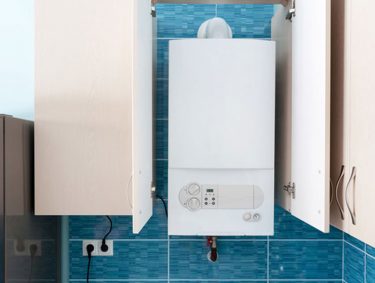What is “water hammer” and how can it be avoided ?
The phenomenon known as “water hammer” causes pressure variations in water distribution circuits. The shocks generated by water hammer can eventually damage pipes and cause major plumbing damage. Where does this phenomenon come from? What are the consequences for a sanitary installation? And above all, what can be done about it? Our expert tells you everything!
SOMMAIRE
What is a water hammer?
Water ham mer is an overpressure phenomenon that occurs when there is a sudden change in the velocity of a fluid in a pipe network. It occurs, for example, when a valve or tap is rapidly closed, or when a pump is switched off. When a tap is closed, the inertia of the moving water is suddenly slowed down. This generates high pressure and a shock wave. This overpressure wave travelling through the pipe then produces vibrations and a muffled noise, reminiscent of the sound of a hammer. Dynamic pressure changes can have serious consequences for your sanitary installations, valves and piping. In the case of large installations, this can lead to pipe rupture, due to the quantity of liquid in motion.
What are the causes and consequences of water hammer?
Water hammer, a physical phenomenon with a variety of causes
The causes of water hammer are varied, but are still common when a hydraulic system is shut down. It usually occurs when a valve at one end of a piping system suddenly closes.
This is because when you close a valve or tap, the water continues to flow at a certain speed through the pipes. The rapid change in fluid velocity generates high pressure and a shock wave in the pipe. Also known as hydraulic shock. Due to the fluid’s inertia, the fluid’s flow velocity can no longer adapt to the new situation. As a result, the fluid deforms, leading to dynamic pressure changes. The elastic energy conveyed by the propagation of hydraulic waves can cause serious problems and damage your installations. If the pressure is high enough, water hammer can cause a pipe or valve to break. Water hammer is a common phenomenon. In a domestic plumbing installation, water hammer can occur when the water supply to a washing machine or dishwasher cuts off, producing a characteristically loud noise accompanied by vibrations.
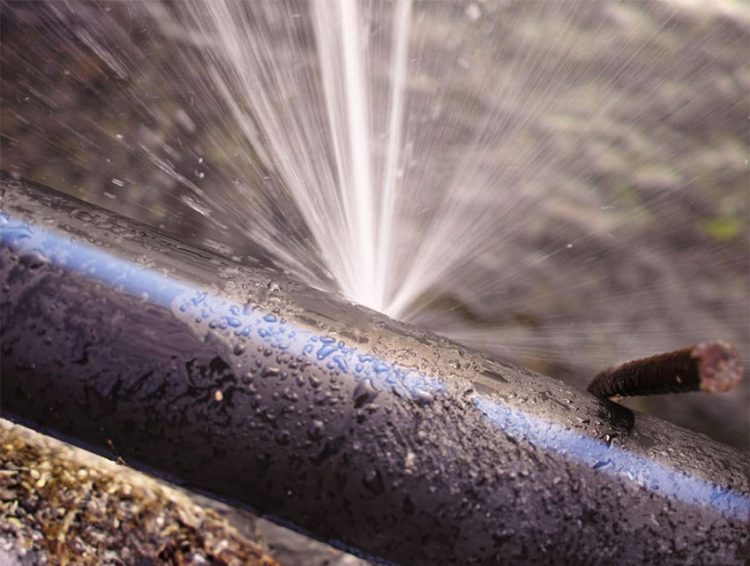
Harmful consequences for your plumbing systems
The consequences of water hammer are not only harmful, they can also be dangerous. Most water hammer is hydraulic, i.e. caused by a sudden change in the flow of a liquid. But it can also be thermal, due to the temperature difference in the pipes between the hot steam and the cold pipe. A condensate is formed. The latter generates draughts in your pipes. Air vents can be installed in piping systems to resist the damaging effects of water hammer. The automatic air vent removes trapped air from heating and air-conditioning systems. Other factors, such as limescale deposits, the accumulation of micro-organisms and corrosion residues, or pump failure, can also cause and accentuate water hammer.
In the long term, water hammer can cause material damage such as :
- Deformed or broken water pipes;
- Leaks due to loose connections;
- Expansion tank diaphragm rupture.
So avoid them before you damage your plumbing system, and your home in general. In the case of circuits designed to supply hydraulic power plants, for example,kinetic energy must be stopped if the water cannot be isolated by a valve.
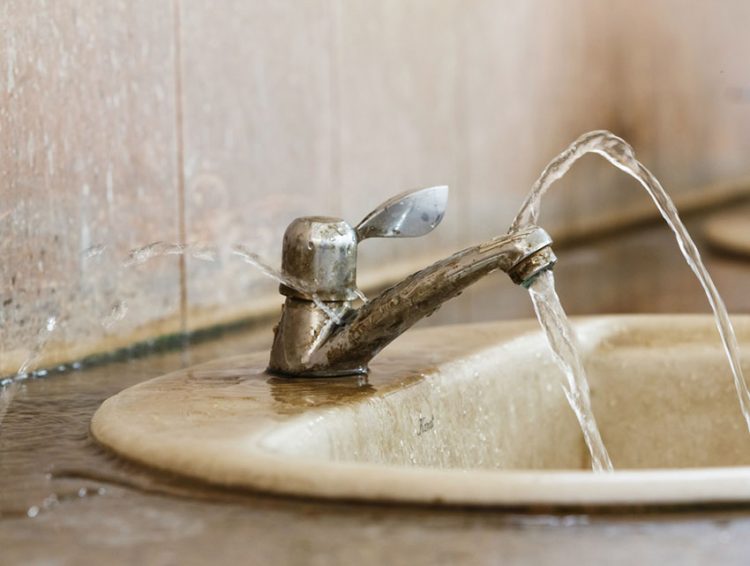
As the water flow in the pipes and tunnels of hydroelectric plants is very high, the energy can be extremely dangerous. The force caused by a water hammer can be comparable to an explosion. Moreover, networks carrying hazardous fluids receive special attention during design, construction and operation.
Do you have a project ? Contact our test bench experts
What can be done to prevent water hammer?
Water hammer is never a good sign for your plumbing system. Damage to pipes, pumps and sanitary fittings is not always visible. It’s even common for a long time to elapse before a pipe ruptures. To prevent damage to your plumbing and heating system, there are simple measures you can take to eliminate or reduce water hammer.
Importance de l’Essai Coup de Bélier
Managing water hammer is crucial to the safety of hydraulic systems. Specific tests, such as the waterhammer test, help assess the impact of this phenomenon and identify effective solutions to protect installations. A thorough understanding of these tests and their results can significantly improve the resilience of your systems. To find out more about these tests and their applications, please visit our dedicated page.
Installing a pressure regulator
Installing a pressure regulator at the water inlet to your home reduces the pressure of the water supply as it passes through the pipes. As a result, water pressure at the outlet remains optimal and constant. The pressure regulator protects your sanitary installation from overpressure and water hammer. It also prevents wear and tear on sanitary fittings and household appliances such as washing machines and dishwashers.
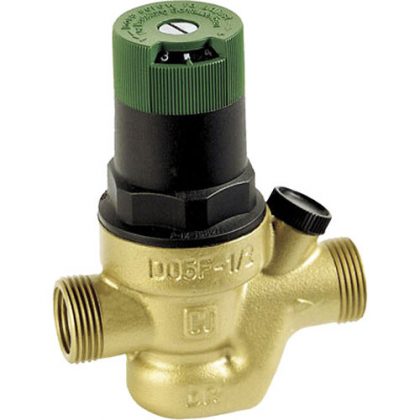
Use slow-closing faucets
The slow-close/slow-open faucet, or solenoid valve, uses a device that reduces the water flow speed and closes the faucet after a pre-determined period of time. If you notice noises in your pipes when you use a faucet, you can opt for this solution. In addition to preventing water hammer, slow-closing faucets will help you save water.
Opt for an anti-pulsation or anti-hammer cylinder
The anti-pulsation cylinder, also known as anti-hammer or anti-hammer, is used to combat overpressure. There are 2 different categories to suit your home, your water needs and your sanitary installation:
- the spring-loaded water hammer arrester: this consists of a piston system that absorbs the shock wave when air infiltrates the water circuit;
- membrane water hammer arrester: the membrane separates the air and water, thus reducing the pressure of the water in the circuit and preventing a shock wave. This system is stronger and more effective than the spring-loaded anti-hammer device.
For a water hammer arrester to be effective, it’s important to position it close to the elements concerned, and to install it in a bypass and on the hot and cold water supply.
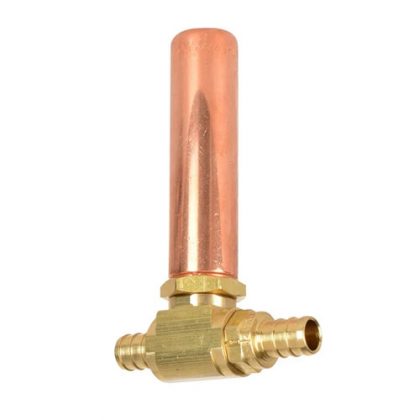
Install a non-return valve
A check valve is a device (a valve) used to control the direction of a fluid in a pipe. It can be installed at the water meter, the various drains (shower, bath, sink…) or the water heater. Check valves are unidirectional, i.e. they allow only one direction of flow. If the liquid changes direction, the valve closes to protect the pipeline network – pumps, valves, etc. – from water hammer. There are other solutions to prevent water hammer. For example, it is possible to install a balancing chamber (mainly used in industry), or to modify straight piping by adding elbows or expansion hoses. You can also unblock pipes by loosening clamps that are too tight, or by enlarging seals that are too narrow. Finally, you can also invest in piping components designed for high pressures.
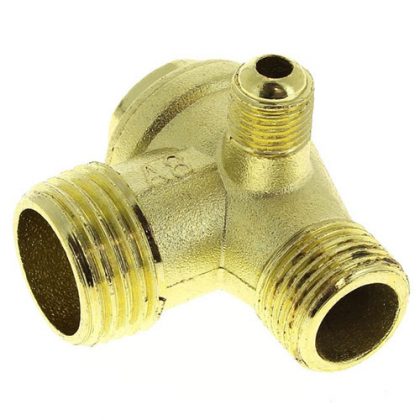
Sanitary fittings standards: for long-term operation of sanitary installations
Professionals in the drinking water distribution sector, such as manufacturers of plumbing components, piping and valves, are well aware of the risks and potential dangers caused by water hammer. In fact, sanitary fittings are governed by standards and certifications that guarantee product quality and safety.
To avoid this phenomenon and market their products, manufacturers must carry out tests in compliance with current standards. Carried out in the laboratory on hydraulic test benches, the tests simulate water hammer and verify the pressure resistance of valves, taps, PE pipe fittings, shut-off clamps, etc. The pressure test bench reproduces water hammer in piping systems and tests component ageing in accordance with standard NF EN 13618. Choosing certified, standards-compliant valves and fittings is therefore the first step towards long-lasting operation. Because water hammer is not only unpleasant for users, it is also harmful to sanitary systems. Although often benign, they must nevertheless be taken seriously to avoid damaging pipes.

Discover other articles and tips

What methods are used to test pipes in the building industry?
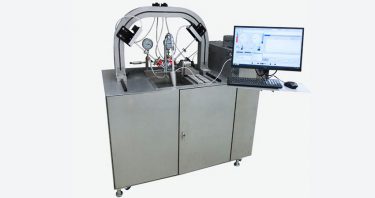
Who are the test benchusers?
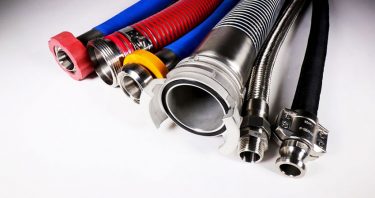
What are the most important tests on sanitary hoses ?
